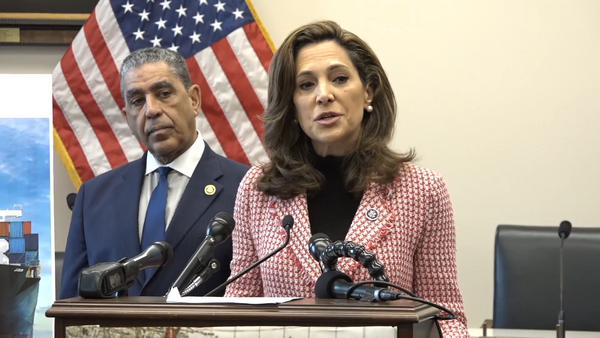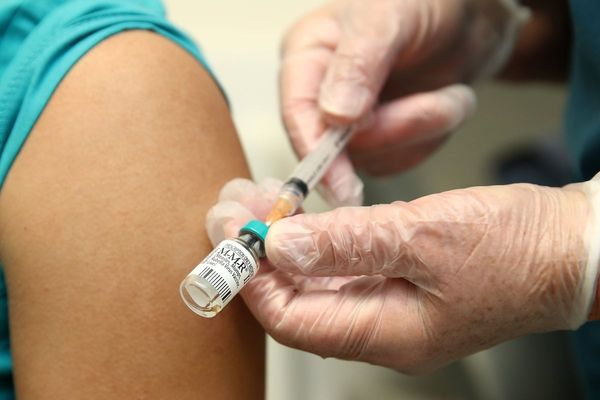The last bit of a broadband connection, the one that goes into your house, is expensive for internet providers and telcos to put in and manage. Imagine if installers didn't have to pull cables from the street to where you live; it'd be a nice cost saving and much faster to deploy broadband.
No surprise then that telcos have been yearning for wireless broadband connections to homes for a long while. Who remembers Woosh Wireless? Their WCDMA broadband didn't work very well for me, but I was very happy with my actually wireless Wired Country connection, which provided a 2 megabits/s up and downstream internet endpoint for yours truly, via Inspire Net.
Up in the Far North, I have fixed wireless via Uber Group which has been excellent, providing 65Mbps down, and 40Mbps uploads.
Spark too has been going fixed wireless with its 4G LTE network that's normally in use for mobile phone and data service, and I finally got to try it out.
The Spark Wireless service costs $85 a month with 120 gigabyte cap (additional data is $10 for 10GB) on a 12-month contract.
That includes the Huawei B315s LTE modem, and some extras including a month's worth of Lightbox video, Spark's 1GB phone booth WiFi and the telco's promoting it with three months off at the moment.
Not the cheapest service, but fairly well priced for a broadband connection that's installed by simply plugging in and powering up the modem. 4G can be very fast, so is the Spark Wireless Broadband service an alternative to fixed, cabled variants?
Yes and no: in Auckland's Mt Eden suburb, Spark's wireless service was heaps better than the ADSL2+ copper broadband. It hit speeds of around 20Mbps down, and 15Mbps up; it's the last bit that makes all the difference for me, as ADSL2+ is limited to 1Mbps upstream (or 3.5 with Annex A enabled). Being able to send things fast as well as downloading the quickly is where it's at if you work via the internet.
I did expect the download speeds to be higher. However, I am still experimenting with the position of the modem which is currently showing three bars signal strength on the device, and four out of five bars on the admin web page, to get the best performance out of it.
The latency (the delay between sending a data packet and getting a response from the server at the other end of the network) was a very good 15-20ms. As a rule of thumb, the lower the latency, the better your connection will perform.
What this means in reality is that YouTubes play back in 1080p high definition by default, and Netflix works fine, albeit not in 4K until I get the download speed up a bit.
The latency-sensitive web apps that I work with were also happy on Spark's wireless service; using some of them on 3G, which can have high-ish latency, can be a pretty hopeless experience.
It's not a patch on UFB fibre connections, but for moderate use, Spark's Wireless broadband service works well.
The biggest issue I had was the Huawei modem which only provides Wi-Fi in the crowded 2.4GHz band, and not in the less congested and faster 5GHz spectrum.
That said, even though I never managed to get my devices to use a meaty 40MHz of 2.4GHz bandwidth, and was stuck with just 20MHz, the Wi-Fi connected at 100-145Mbps every time, which is OK.
Where's the IPv6 support though? That's a must have in 2017, Huawei and Spark.
Why can't you have more than 120GB a month then on Spark's Wireless Broadband? This is the thing with wireless networks: they have limited capacity, and telcos have to take a guess how many users there will be at each cell site at any given time, and leave some margin to ensure everybody gets decent service.
This is also why the modem and SIM card are geo-locked to one particular location and cellsite. I bet almost every Spark Wireless broadband customer would like that to change - imagine being able to pack the modem when you go to the bach and watch Netflix and do social media instead of enjoying the great outdoors?
It will change too, but not before the underlying cellular network has moved on to provide even more capacity. Now, if everyone grabbed their modems and used their smartphones in holiday areas, the network would sag under the load Spark spend much too much time and effort responding to angry customer calls over bad service.
With 4.5G and 5G coming up, telcos will be able to use different frequency ranges joined up to provide a much fatter data channel. This is called carrier aggregation, and together with even more fiendishly clever signal modulation schemes, wireless broadband could start approaching mid-range fixed connections.
Wireless broadband will also become portable when there's more capacity in the network, and with much bigger and perhaps even unlimited data caps.
When that happens, I imagine it will be the service of choice for many people. Telcos are getting excited about it too, so watch this space.







